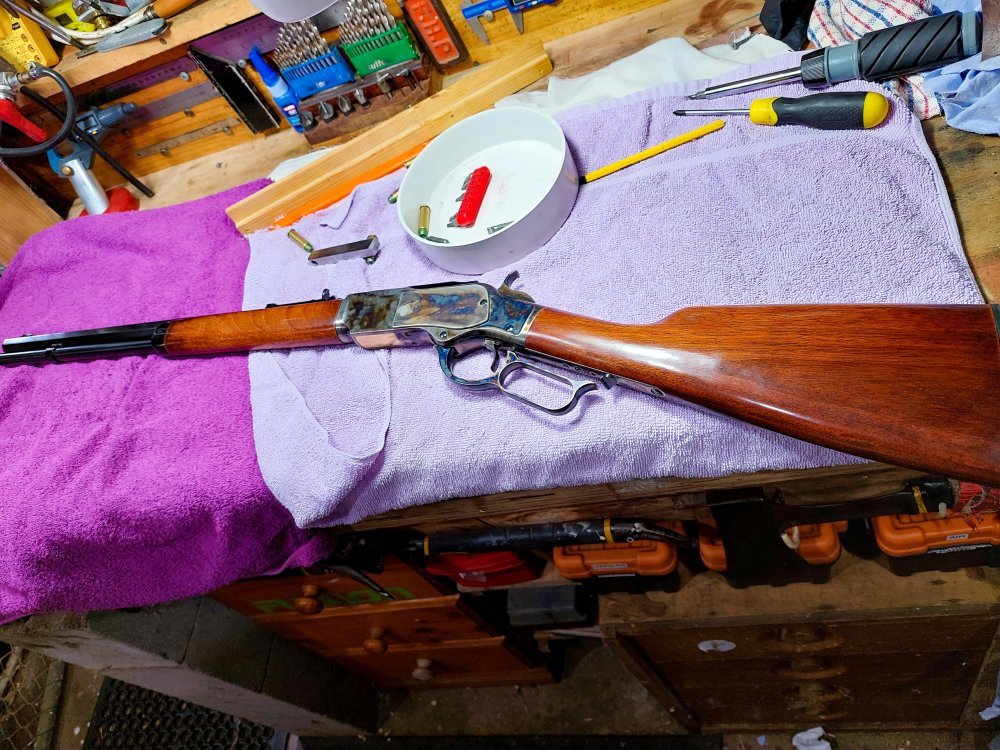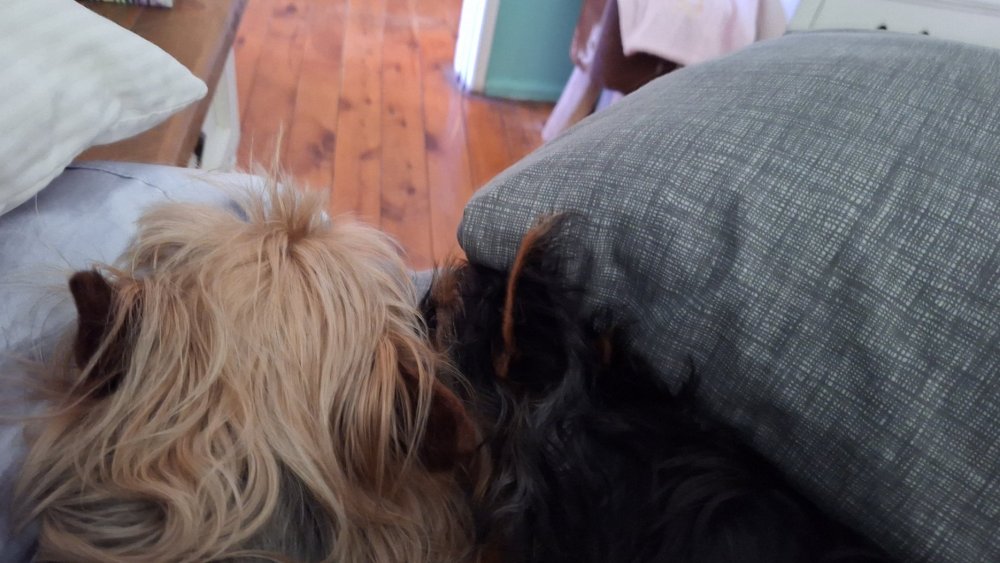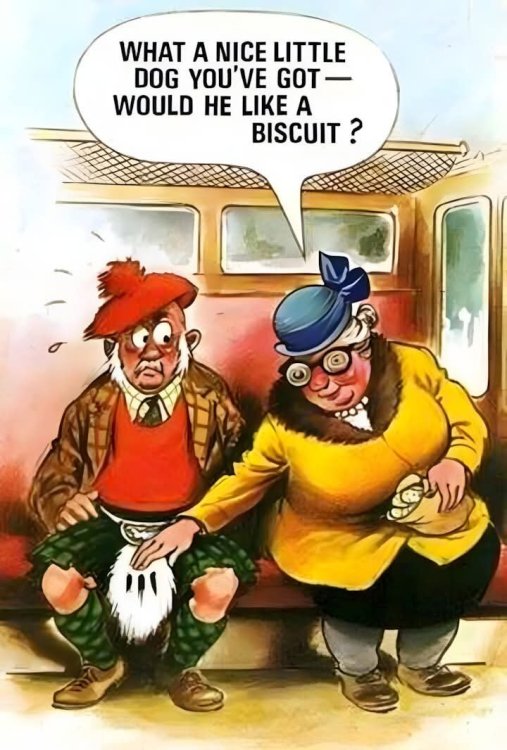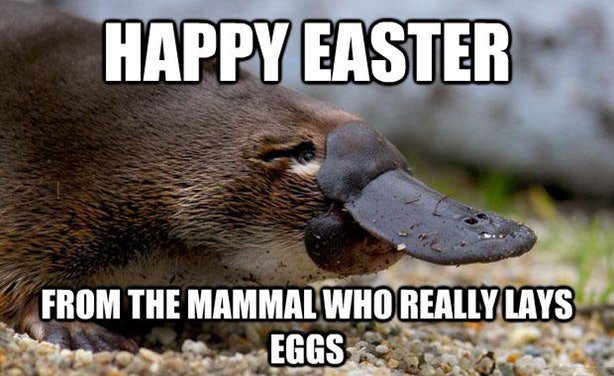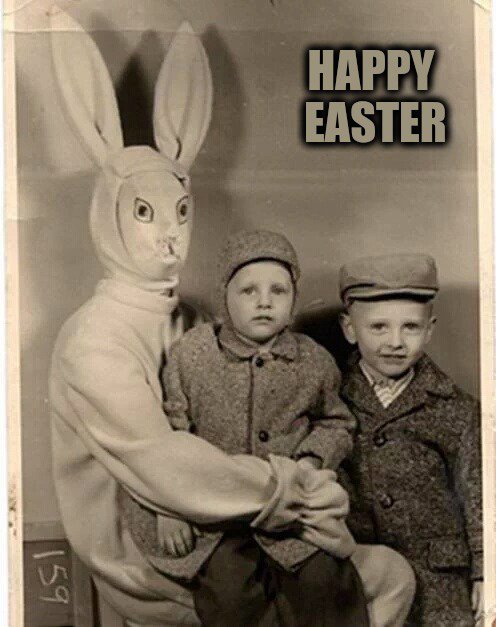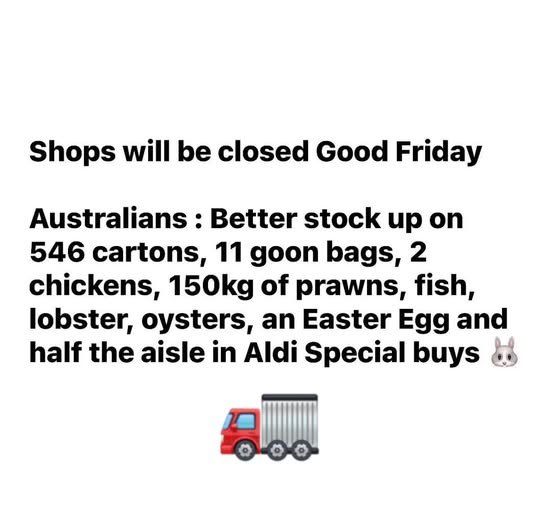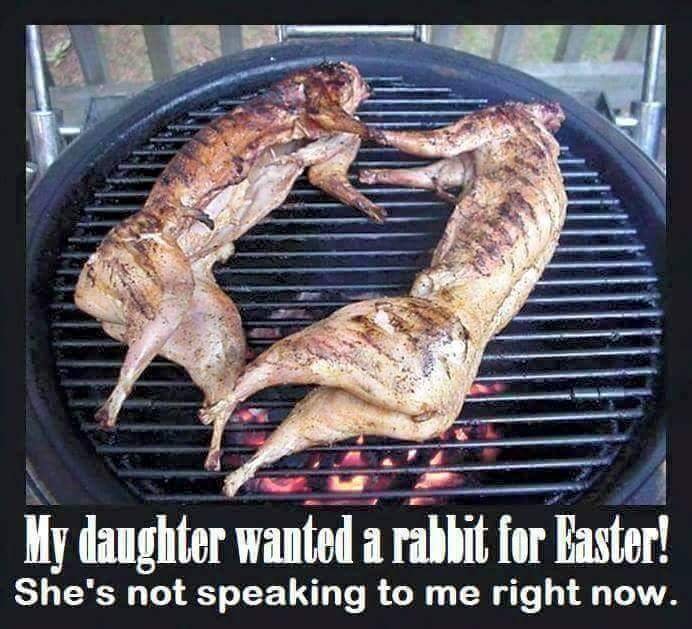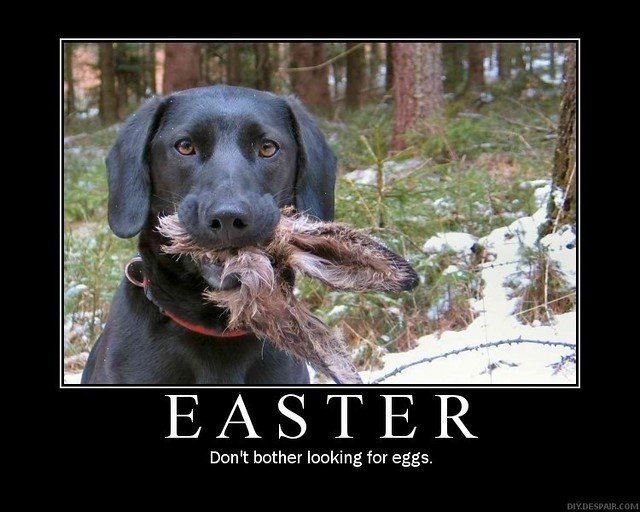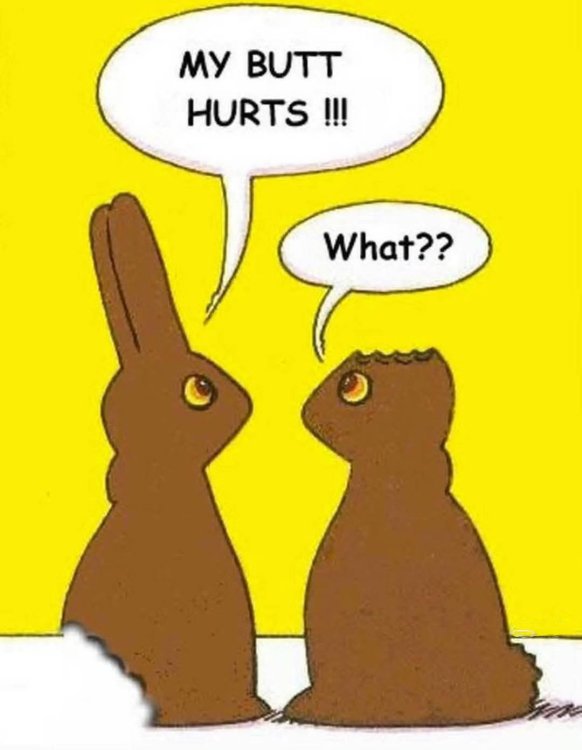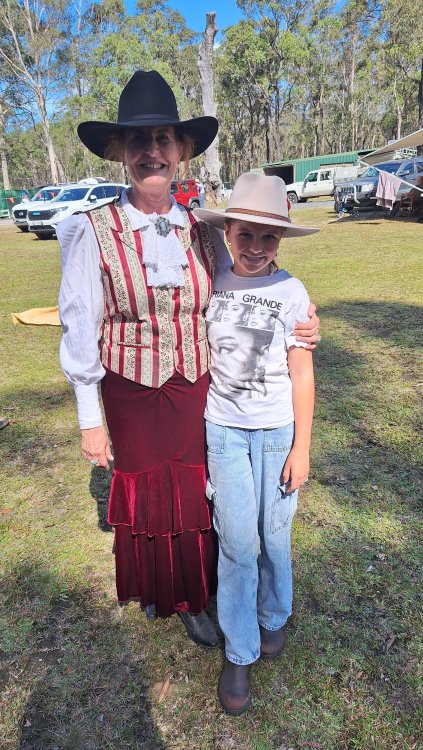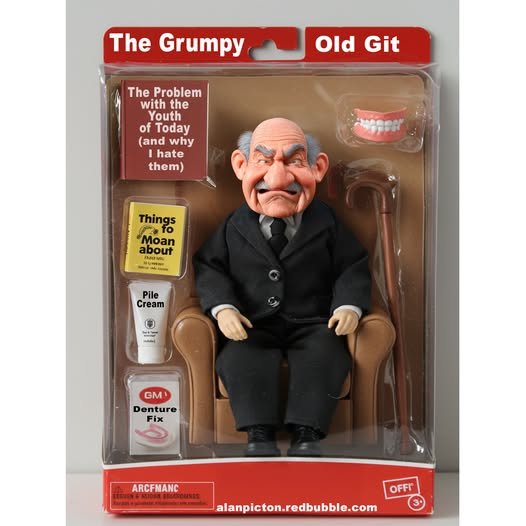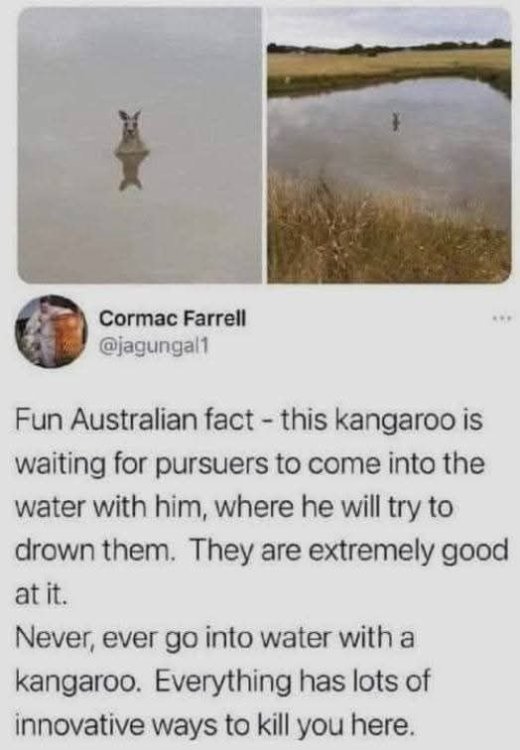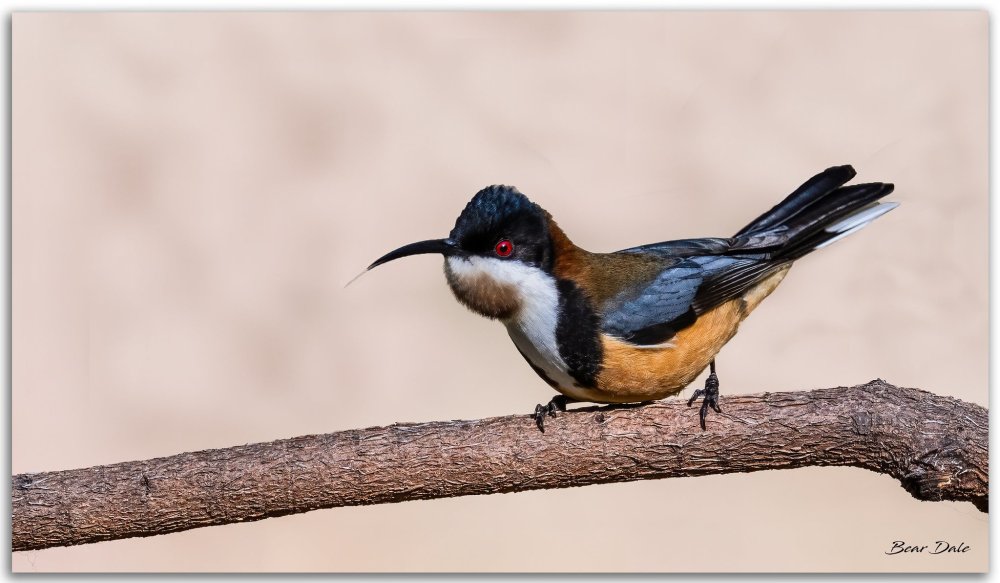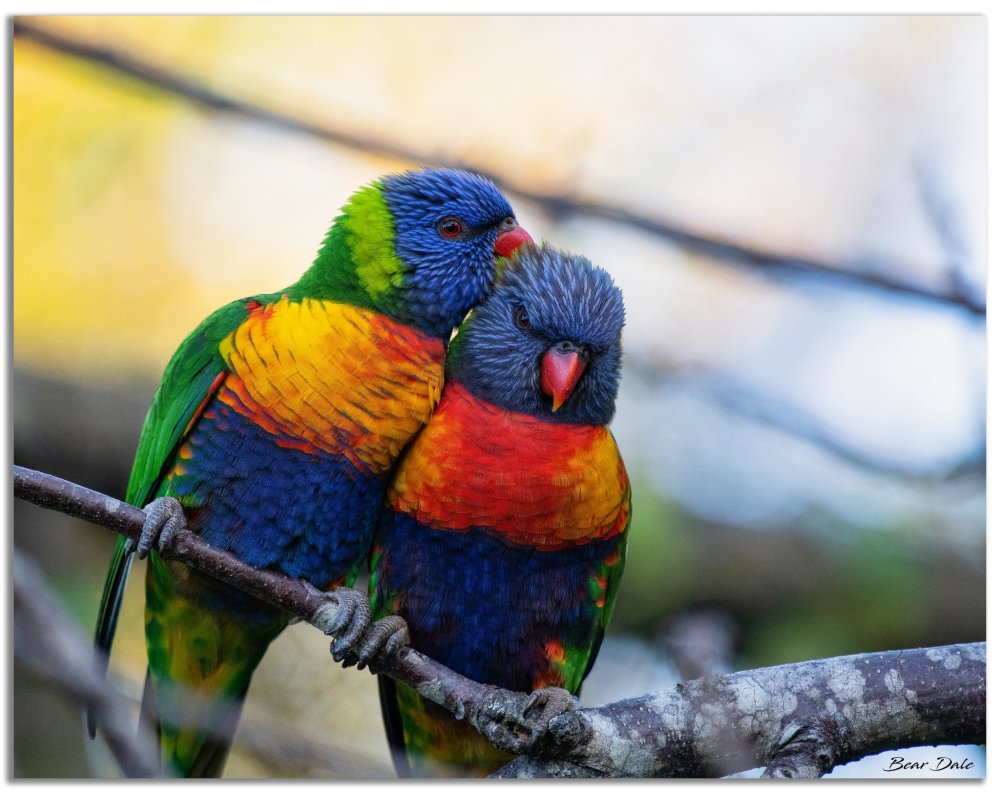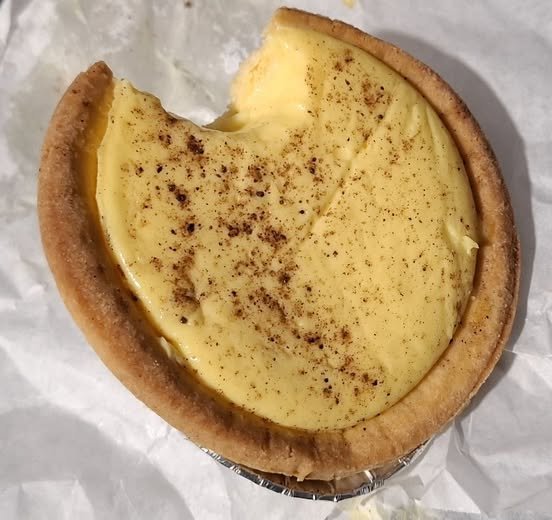-
Posts
10,979 -
Joined
-
Last visited
-
Days Won
86
Content Type
Profiles
Forums
Events
Everything posted by Buckshot Bear
-
-
-
-
-
-
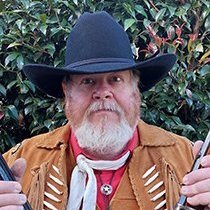
Our new puppy has bonded with our older girl
Buckshot Bear replied to Buckshot Bear's topic in SASS Wire Saloon
I love all dogs and we have always had big ones along with these small toy dogs, but my heart now is with these small lap dogs. We lost our large dog who was just shy of 15 a few months ago and the pain is still literally unbearable that I can hardly type this. OMG they work their way into our hearts don't they. -
Our new female Silky terrier puppy is now 4.5 months old and weighing in at a whopping 3.9lbs and has bonded with our older 8 year old Silky terrier girl. They play fight nicely, fingers crossed they keep like this. The younger one will also (like her older sister) be desexed in a few months so hopefully that should help also to keep any aggression at bay. They can be feisty little dogs, Mum & Dad had them their whole lives and Jenorado and I have had them all our married life now (40+ years) so I don't know life without the love of Silky Terriers 💖
- 6 replies
-
- 10
-

-

-
-
-
Our Granddaughter had a great three days as well watching and learning. She turns 12yo soon (in Australia juniors need to be 12yo to compete in shooting sports) and is SO LOOKING FORWARD to shooting Single Action! She will be number eight (8) in The Dale Gang and it will be then some time till the next grandson is old enough. Its great shooting as a family! We're all still thinking of an alias for my granddaughter.
-
-
-
-

The Photo thread of Photos that YOU took
Buckshot Bear replied to Buckshot Bear's topic in SASS Wire Saloon
-
-
